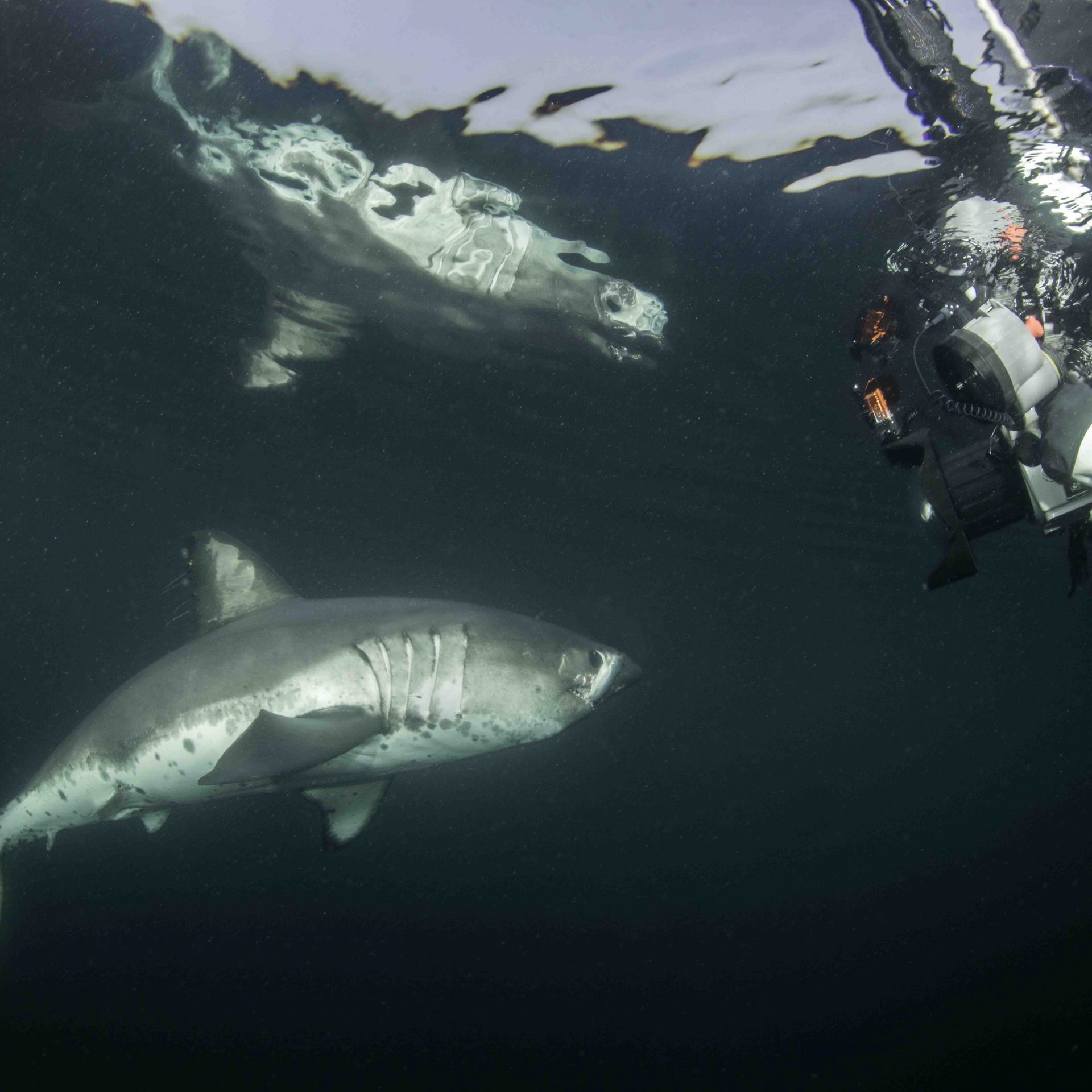

Geoduck (goo'e-duk) clams were first identified as potential climate proxies by Noakes and Campbell, based on several key characteristics. What has been missing until now is a marine equivalent of tree rings to bridge existing gaps in coverage and provide annually resolved proxy SST records for extratropical regions. Tree growth is primarily a response to terrestrial, not marine conditions, and coral records represent mostly a tropical climate signal. Neither proxy is ideal for reconstructing North Pacific SST, however. These have been derived mostly from tree-rings and tropical corals, primarily because annual banding in each allows for the precise dating control needed to resolve interannual to interdecadal climatic variability. Given the lack of instrumental data, a number of proxy SST records have been developed in recent years. The underlying physical processes driving this variability are poorly understood, and instrumental SST records are too short to establish robust causal links or make predictions about the longer-term behavior of climatic patterns evident only in 20th century records.
GEO DUCK DIVING ALASKA SERIES
Coherent patterns of variability have also been noted between North Pacific SST series and indices of atmospheric circulation, accumulation of CO 2 in the atmosphere, and global air temperatures. It is now widely recognized that climatic shifts over the past century have had substantial impacts on marine ecosystems throughout the North Pacific basin.


 0 kommentar(er)
0 kommentar(er)
